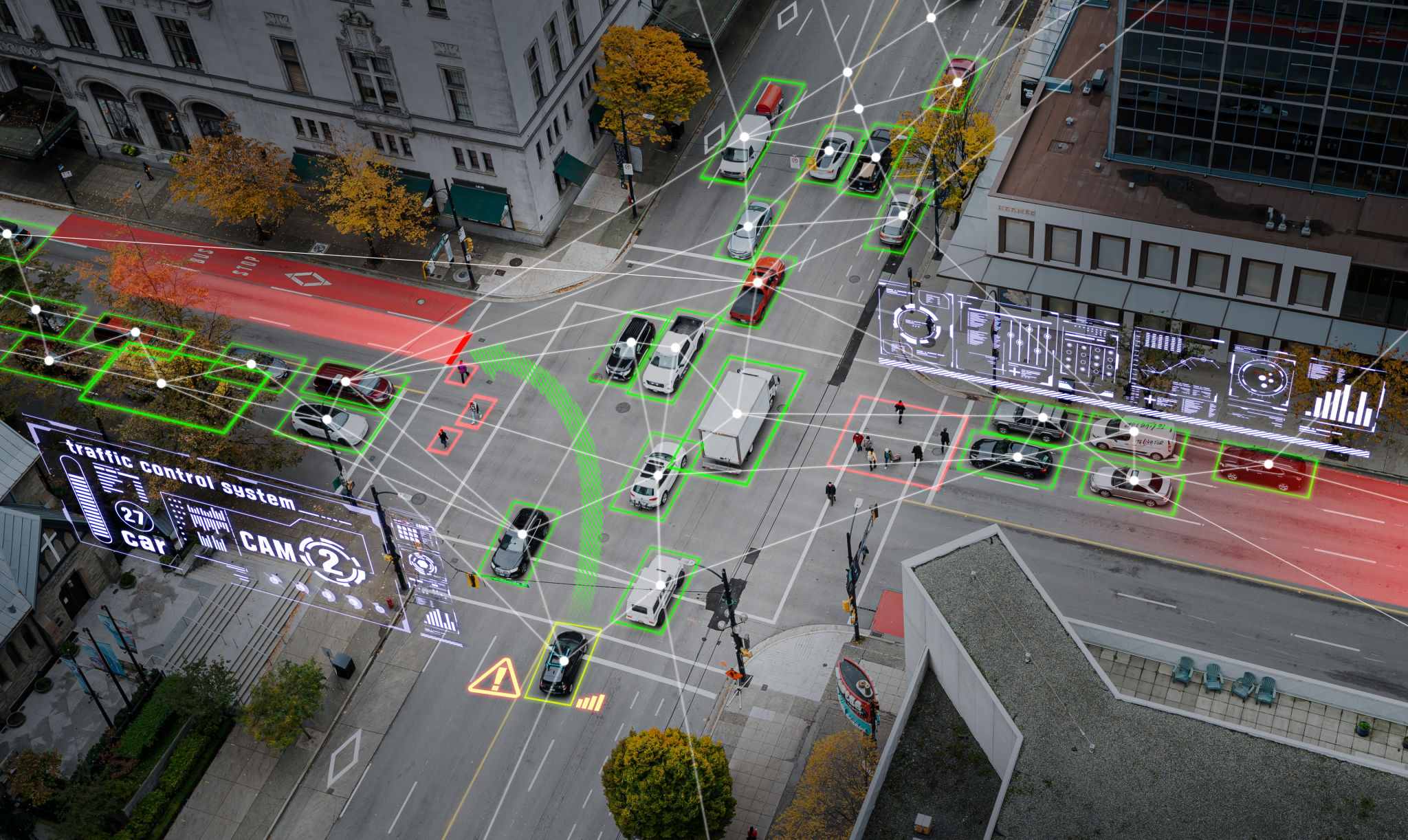Command & Control Systems: The Future of Drone Operations in Smart Cities
The Role of Command & Control Systems in Smart Cities
In the rapidly evolving landscape of urban living, smart cities are at the forefront of technological integration, aiming to enhance the quality of life for their inhabitants. A pivotal component of this transformation is the incorporation of drones, which are increasingly being utilized for various applications. Central to these operations are Command & Control Systems, which ensure efficient and safe drone activities within these urban environments.
Command & Control Systems offer a centralized platform that facilitates the coordination and management of multiple drones, streamlining their operations across a city's infrastructure. These systems are essential for tasks ranging from traffic management and environmental monitoring to emergency response and infrastructure maintenance.

Enhancing Urban Infrastructure Management
One of the primary applications of drones in smart cities is the management and upkeep of urban infrastructure. Drones equipped with high-resolution cameras and sensors can quickly survey roads, bridges, and buildings to identify wear and tear or potential hazards. The data collected is then transmitted to Command & Control Systems, where it is analyzed to prioritize maintenance tasks efficiently.
This real-time monitoring capability not only improves the speed of maintenance activities but also significantly reduces costs associated with traditional inspection methods. Furthermore, the integration of AI with Command & Control Systems allows for predictive maintenance, ensuring that issues are addressed before they escalate into major problems.

Streamlining Emergency Response
In emergency situations, time is of the essence. Command & Control Systems play a crucial role in coordinating drone activities to support emergency services. Drones can be rapidly deployed to assess situations, provide real-time surveillance, and deliver critical supplies, all while being controlled from a centralized system.
For instance, during natural disasters, drones can be used to map affected areas, assisting in the efficient allocation of resources and personnel. The ability to control multiple drones simultaneously enhances the overall response strategy, potentially saving lives and mitigating damage.

Traffic Management and Environmental Monitoring
Smart cities face ongoing challenges with traffic congestion and environmental sustainability. Drones, managed through Command & Control Systems, offer innovative solutions to these issues. By providing aerial views of traffic patterns, drones can help optimize traffic flow and reduce congestion.
Additionally, drones equipped with environmental sensors can monitor air quality, noise levels, and other environmental factors. This data is invaluable for city planners and environmental agencies working towards creating a healthier urban environment.
The Future of Drone Operations in Smart Cities
As technology continues to evolve, the role of Command & Control Systems in smart cities will expand, offering even greater capabilities. Innovations in AI and machine learning will enhance these systems' ability to autonomously manage complex drone operations, further integrating them into the fabric of urban life.
The future of drone operations in smart cities is promising, with potential applications only limited by imagination. As cities continue to grow and evolve, the use of drones and Command & Control Systems will be key to creating sustainable, efficient, and resilient urban environments.

